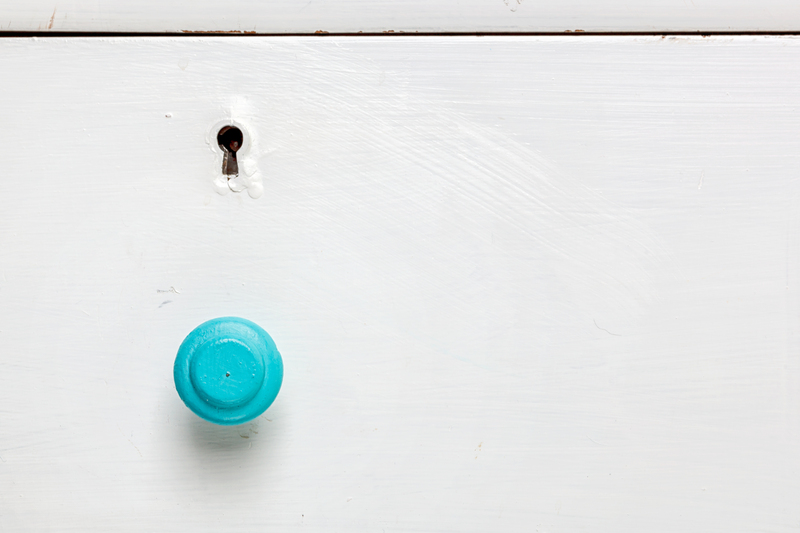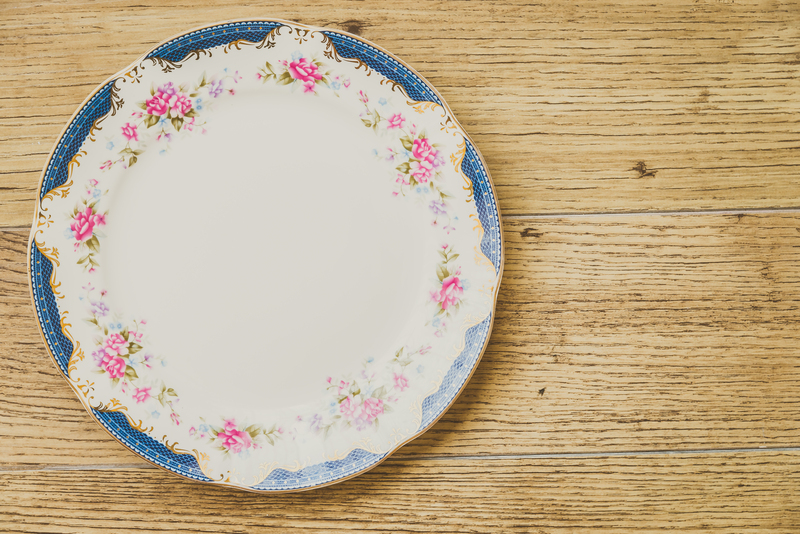How to Recycle Your Worn-Out Cookware: An In-Depth Guide
Millions of households throw away old pots and pans every year, creating tons of unnecessary waste. If you're wondering what to do with your worn-out cookware, you're not alone. With a resolute focus on sustainability, consumers are increasingly seeking eco-friendly ways to dispose of, donate, or recycle their old kitchenware. This comprehensive article will guide you through various ways of recycling your old cookware and help you make environmentally conscious decisions.
Understanding Why and When to Replace Cookware
Before you get started, ask yourself: is it really time to let go of your frying pan or saucepot?
- Excessive Wear: Is the non-stick coating flaking off?
- Warped Base: Has your pan lost shape or does it refuse to sit flat on the burner?
- Rust and Corrosion: Do you see rust that won't scrub off?
- Dented or Damaged Handles: Is it unsafe or uncomfortable to use?
When you answer yes to any of the above, it's time to consider recycling your worn-out pots and pans -- and doing it responsibly.

Are Your Old Pots and Pans Recyclable?
Most cookware can be recycled, but not always through your regular curbside recycling. The materials and coatings used in their production require a bit more know-how and effort.
Common Cookware Materials
- Stainless Steel: Highly recyclable, most scrap yards will accept it.
- Cast Iron: One of the easiest metals to recycle.
- Aluminum: Also widely recycled, but non-stick coatings can be problematic.
- Copper: Highly valued by scrap metal yards.
- Non-Stick (Teflon): Needs special handling due to PTFE coatings.
- Ceramic and Glass: Not accepted in most curbside recycling programs.
Steps to Recycle Your Worn-Out Pots and Pans
1. Clean Your Cookware
Make sure all food residue is removed. This is essential whether you're donating, recycling, or upcycling. A good scrub will suffice -- you don't need to make it look brand new, but free of grease and major debris.
2. Determine the Cookware Material
Check for material type:
- Stainless steel pans are usually magnetic.
- Cast iron is heavy and magnetic.
- Aluminum is lightweight and non-magnetic.
- Many pots and pans have a stamp underneath indicating the metal used.
3. Remove Non-Metal Parts
Handles made of plastic, silicone, or wood should be removed if possible. Most metal scrap dealers require cookware to be all-metal. If you can't remove them, check with your local recycling or scrap yard to confirm what's accepted.
4. Explore Recycling Options
-
Scrap Metal Yards:
The most reliable way to recycle metal cookware. Call ahead to confirm whether they accept your specific type of cookware and if you need to separate metals or coatings. -
Municipal Recycling Centers:
Check with your city's recycling program. Some accept metal cookware directly or during bulk waste drives, but many curbside bins do not. Find out if there's a "metal-only" drop-off location. -
Special Programs:
Brands like TerraCycle periodically run recycling programs for hard-to-recycle metal goods, such as non-stick cookware.
5. Consider Manufacturer Take-Back Programs
Some cookware manufacturers offer take-back and recycling programs. This is especially true for higher-end brands. For example, GreenPan, Calphalon, and other companies have been known to help customers recycle old products responsibly. Always check the manufacturer's website for current programs.
6. Donate Usable Cookware
Sometimes, the cookware you consider trash might be a treasure for someone else. Shelters, thrift stores, church kitchens, or theaters may welcome gently used pots and pans.
- Make sure your donations are clean and in safe, usable condition.
- Call ahead to confirm if they're accepting cookware donations.
- If handles are loose or there's visible rust, refrain from donating.
Special Considerations for Non-Stick and Specialty Pans
How to Recycle Teflon (Non-Stick) Cookware
Traditional recycling methods do not accept Teflon or similar non-stick coatings easily. Here are steps you can take:
- Contact the Manufacturer: Ask if they have a take-back or recycling initiative.
-
Check Specialty Recycling Programs:
Look for mail-in services or local hazardous waste disposal days. Some companies remove the coating before recycling the metal base. -
Scrap Yards (as a last resort):
Some will accept non-stick cookware if you clearly state the coating type, but prepare to have it rejected. Always ask first.
What About Ceramic, Glass, and Enamel Cookware?
These are rarely accepted in municipal recycling programs because their material composition is incompatible with typical glass or ceramic recycling batches.
- If cracked or unsafe for use, check your city's "reuse" center, donate as plant pots, or upcycle for craft projects.
- Many local art studios and school programs welcome old ceramics for mosaics and creative repurposing.
Creative Ways to Upcycle Old Cookware
If recycling options are limited, turn your old pots and pans into something new! Upcycling is an eco-friendly solution and can be fun, too.
- Planters: Drill a few drainage holes and add soil--old pots and pans make excellent quirky flower pots for your garden or balcony.
- Wall Art: Paint an old frying pan and hang it as rustic kitchen decor.
- Bird Feeders: Hang a worn-out saucepan from a tree as a unique bird feeder.
- Storage Solutions: Use large pans to organize tools, toys, or as holders for kitchen gadgets.
- Candle Holders: Fill small pans with wax and wicks to create custom candles.
Tip: Get creative--there are endless upcycling possibilities that help keep cast-offs out of the landfill.
Frequently Asked Questions about Recycling Old Cookware
Can I Put Old Pots and Pans in My Curbside Recycling?
In most municipalities, the answer is no. Cookware is typically too large and made of mixed materials for single-stream recycling. Always check with your town's recycling guidelines to avoid contamination.
How Can I Tell If My Pan Is Worth Recycling?
Metal pans (iron, steel, copper, aluminum) almost always have scrap value. Even rusted or warped, they're valuable to recyclers. Non-metal, glass, and ceramic pieces are rarely recyclable--consider upcycling instead!
Is There a Way to Restore My Worn-Out Cookware Instead?
Yes! Cast iron and stainless steel cookware can often be restored with cleaning, seasoning, or re-coating. If the structural integrity is intact, look up tutorials to refresh old pans before considering recycling or disposal.
What Should I Do with Lids?
Metal lids: Recycle at a scrap yard.
Glass lids: These are typically tempered and not accepted in glass recycling but might be upcycled or donated.
Plastic lids: Check for the recycling symbol; otherwise, dispose of or upcycle creatively.
Are There Any Cookware Brands That Make Recycling Easier?
Yes. Some eco-conscious brands use single-material construction, avoid hazardous coatings, or offer take-back programs. Before buying new cookware, research brands that prioritize recycling and environmental responsibility.

Key Takeaways: Responsible Disposal of Worn-Out Cookware
- Identify your cookware's material. This is crucial for proper recycling.
- Nearly all metal cookware is recyclable - but usually not via curbside bins.
- Always remove non-metal parts before recycling when possible.
- Consider upcycling or donating before recycling.
- Use creative solutions like upcycling for ceramic, glass, or specialty pans.
Conclusion: Giving Your Old Cookware a Second Life
Learning how to recycle your worn-out cookware is a key step in supporting a more sustainable lifestyle. Rather than sending your old pots and pans off to languish in a landfill, take an extra moment to research your options. Whether it's metal recycling, manufacturer programs, creative upcycling, or donations, you can make a conscious choice that keeps valuable materials in circulation and benefits the planet.
With a growing number of recycling programs and upcycling ideas available, there's no need to let your worn-out cookware become waste. Explore the solutions above, and give your old kitchenware the responsible send-off it deserves!
Start today--and ensure your cookware's legacy is one of sustainability, creativity, and environmental responsibility!